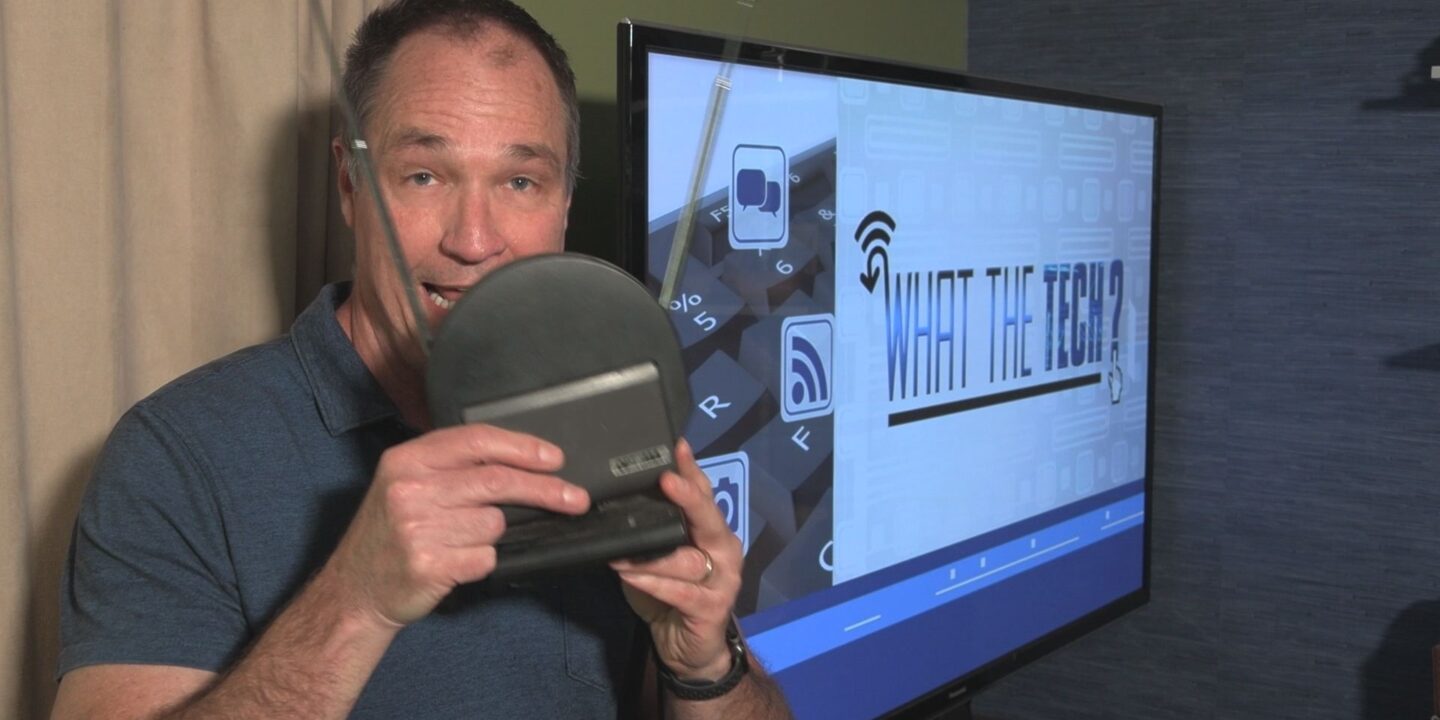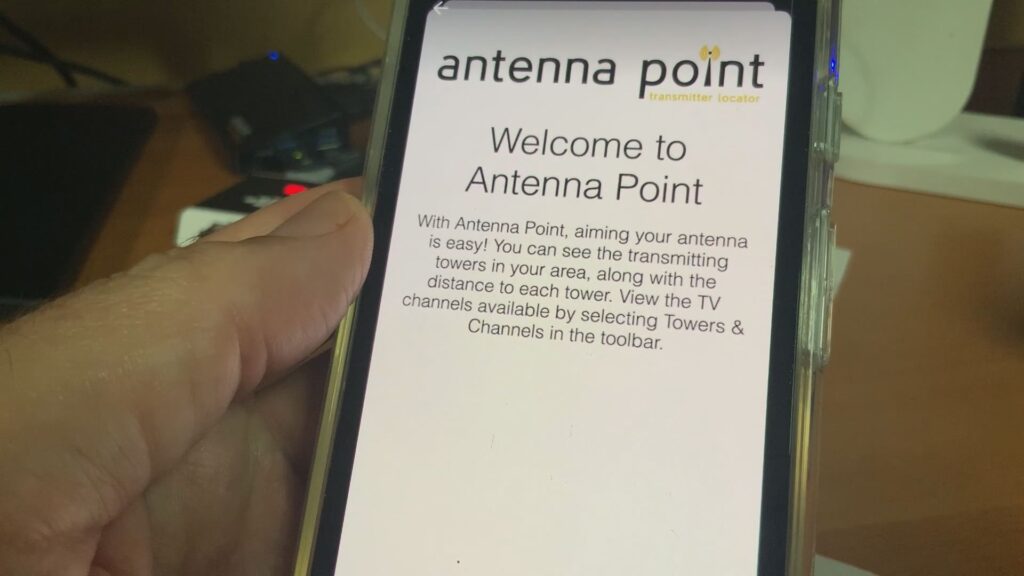- Home
- The Latest
- Why everyone needs a TV antenn ...

A few weeks ago my daughter and her roommates called asking about the weather and a storm they were hearing from their apartment. I suggested she turn on the news for live storm information. Like many people, their age, my daughter and her friends do not have cable or satellite or even a live TV streaming service like YouTube TV. They only stream on Netflix and Hulu.
As I repeated the forecast and storm track that I was watching from the local meteorologists I told her she should get an antenna so they could watch news and weather for free. I couldn’t believe they didn’t know how this technology works and why those local channels were available for free with an antenna.
Antennas provide live HD TV shows and sports
It’s true that attaching a TV antenna to the cable or coaxial connection will get you free channels in high-definition. But let’s look at the claims that are flat-out lies.
I saw one ad on Amazon that says the antenna can get ESPN, CNN, and other cable channels. That isn’t remotely true. An antenna will get network TV stations near you. Another antenna is advertised as getting stations 400 miles away. Not true. Antennas must be able to “see” the station transmitter. A mountain can be in the way. And the earth’s curvature prevents a line of site over 70 miles or so for any antenna, indoor or outdoor.

The smartphone app “Antenna Point” shows where TV transmitters are located which will help you decide where to put the antenna. One close or affixed to a window facing the TV tower is best.
Indoor antennas can generally get stations from 20-30 miles away. Outdoor antennas might get stations 70 miles away or so. If you place the antenna on the rooftop, you may get stations that are unavailable to you over cable, satellite, or streaming. And again, they’re free.
You won’t get 4K TV, at least not right now as stations don’t broadcast signals in 4K over the air. You will get full 1080 HD which is a much better picture than you’ll get from cable, satellite, or streaming. Free out-of-the-air broadcasts are usually a few seconds ahead of streaming too.
A must-have for cord cutters
Why get an antenna? For cord-cutters who only subscribe to Netflix or Hulu, an antenna will allow you to see network programming and, more importantly, local news and weather which is extremely important during storms.
How much can you expect to pay? Maybe $30-$40 depending on whether the antenna is for outdoors or indoors and whether it is amplified or not. But if you’ve got an old antenna somewhere, even one your grandparents used, that’ll work just as well. I bought one at a yard sale for $5 and it works just as well as any other.
If you have an antenna, it’s a good idea to re-scan for channels every few months. The signal might have improved and you may get a channel you didn’t get the last time.

